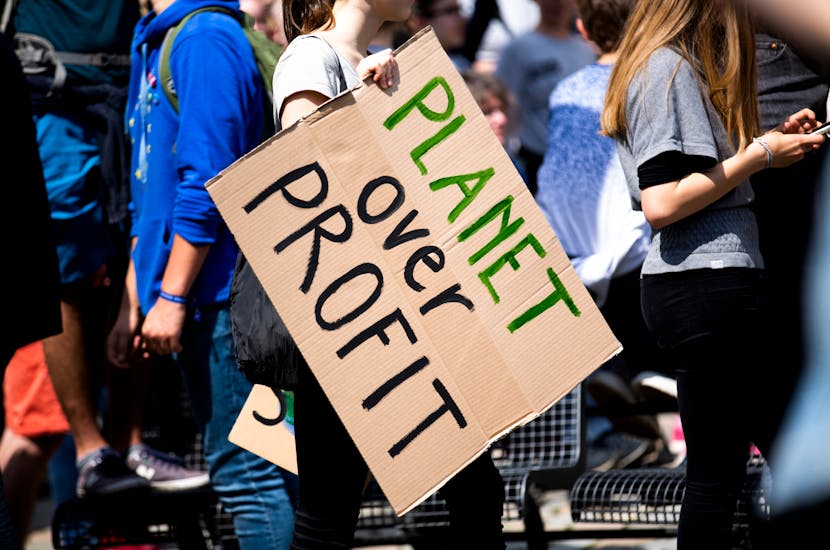April 1, 2024
No Comments
The Role of Clean Stoves in Combating Global Warming
Global warming, driven by the increasing concentration of greenhouse gases in the atmosphere, poses a significant threat to our planet. Traditional biomass stoves, commonly used in many developing regions, contribute substantially to this problem. These stoves burn wood, crop residues, or dung, releasing significant amounts of carbon dioxide (CO2), methane (CH4), and black carbon into the atmosphere. Clean stoves, on the other hand, offer a sustainable solution to reduce these emissions and help combat global warming.
The Environmental Impact of Traditional Stoves
Traditional stoves are inefficient and produce a large amount of smoke and particulate matter. The incomplete combustion of biomass in these stoves leads to the emission of harmful pollutants, including CO2 and methane, both potent greenhouse gases. Additionally, the black carbon (soot) produced by these stoves settles on ice and snow, reducing their albedo (reflectivity) and accelerating melting, which further exacerbates global warming.
How Clean Stoves Make a Difference
Clean stoves, designed with advanced combustion technology, significantly reduce the emission of harmful pollutants. These stoves use cleaner fuels such as liquefied petroleum gas (LPG), ethanol, or electricity, or they improve the combustion efficiency of biomass. As a result, they produce less smoke and fewer greenhouse gases.
Reduced CO2 Emissions: Clean stoves burn fuel more efficiently, leading to lower CO2 emissions compared to traditional stoves. This efficiency reduces the amount of fuel needed, lessening the pressure on forests and decreasing deforestation rates.
Lower Methane Emissions: Methane is a highly potent greenhouse gas, with a global warming potential many times that of CO2. Clean stoves minimize methane emissions by ensuring more complete combustion of biomass.
Decreased Black Carbon: By reducing the amount of soot released into the atmosphere, clean stoves help maintain the albedo of ice and snow, mitigating one of the accelerants of global warming.

